Final year project
Malawi, the Warm Heart of Africa: Dress and Identity [Read more]
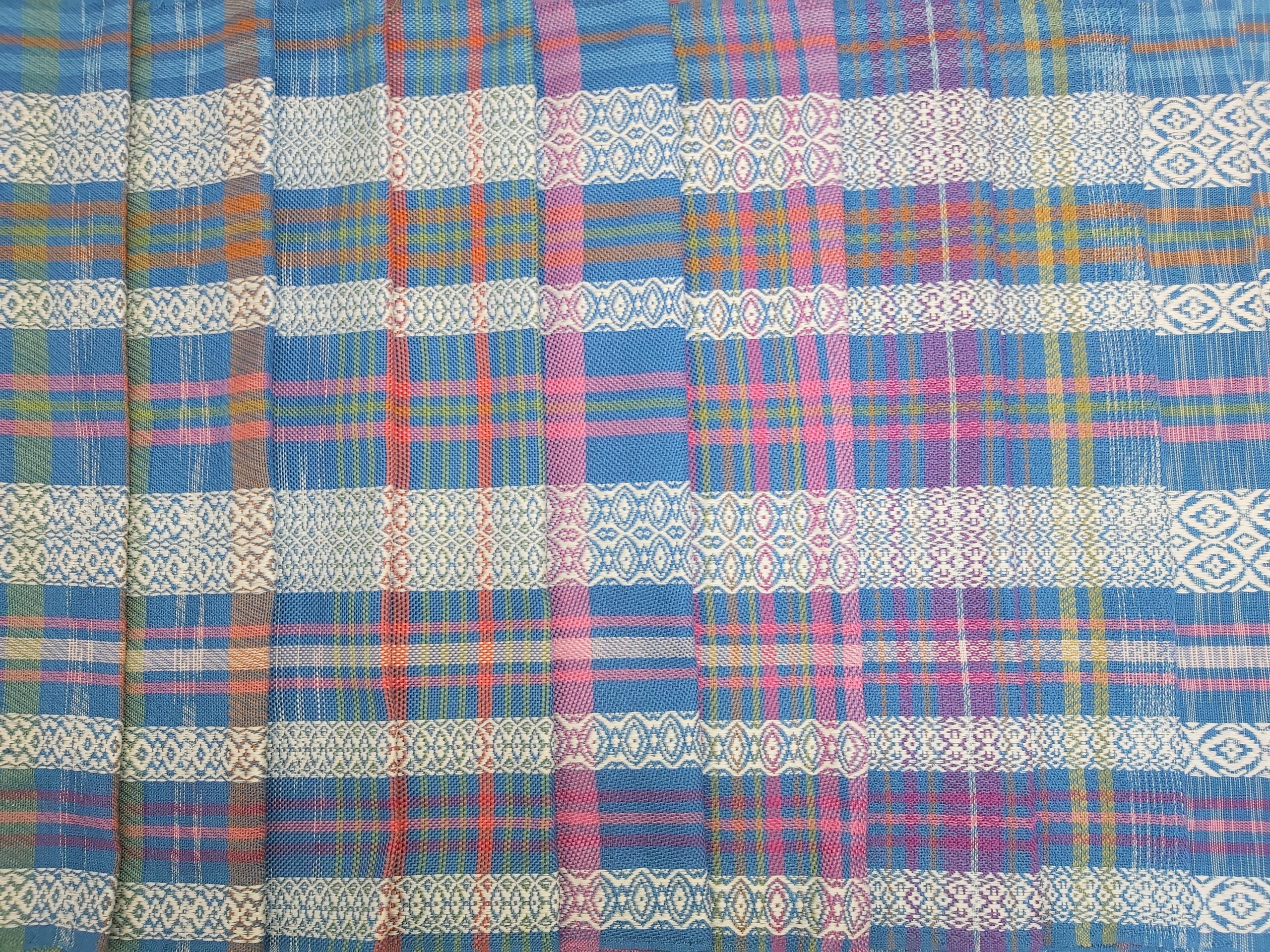
Flowers in the Blue Sky
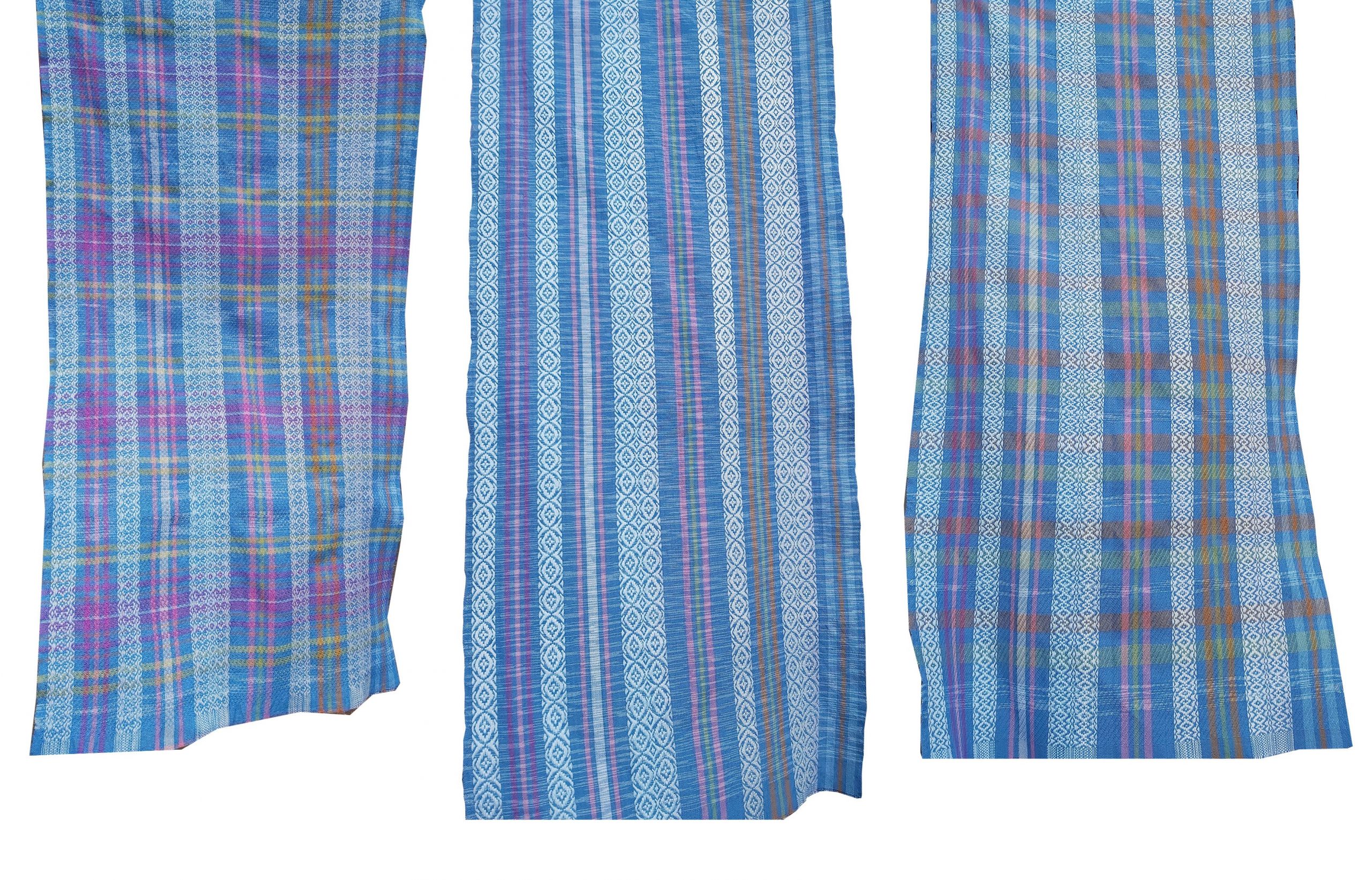

Floating in the Air
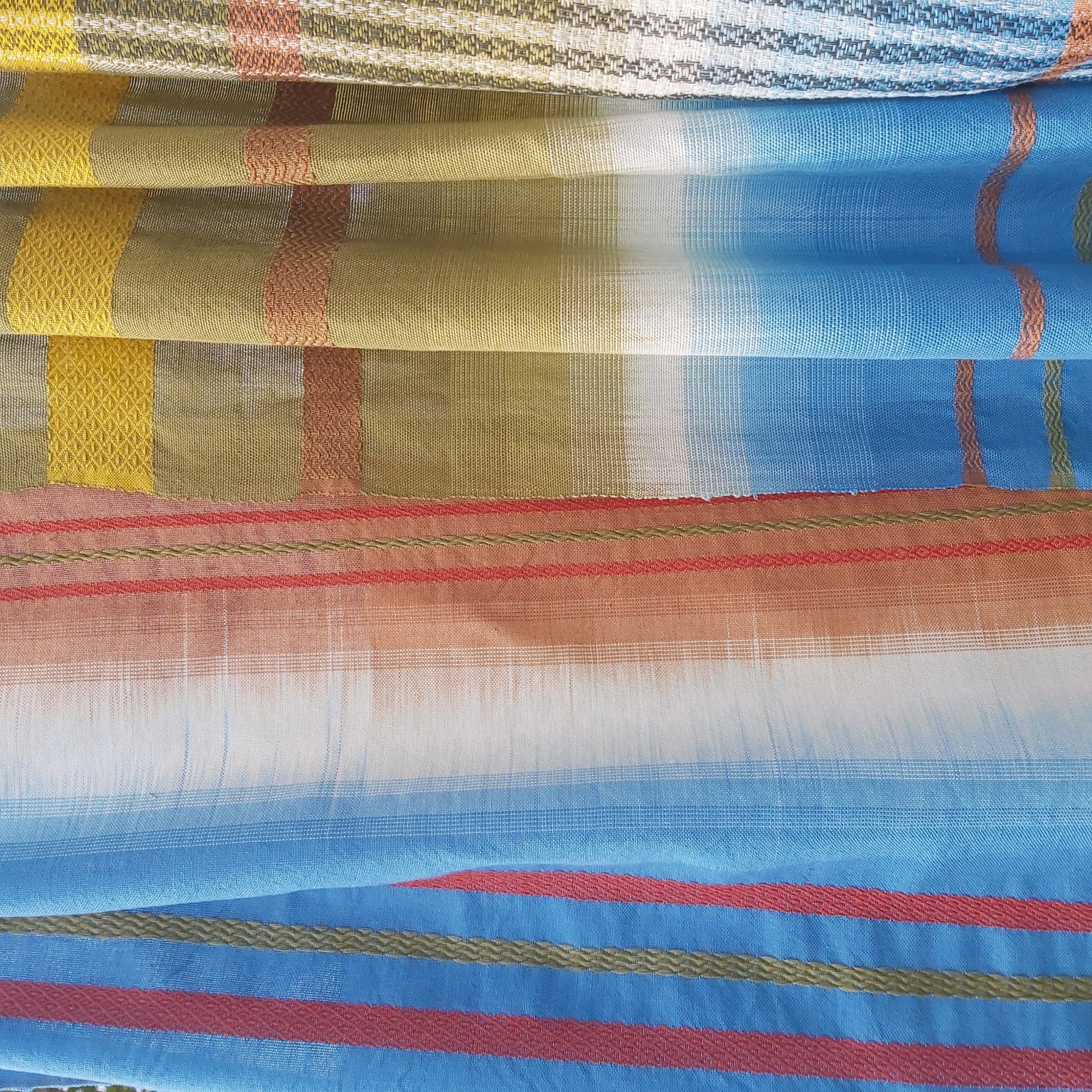

Earth, Sky and Flora
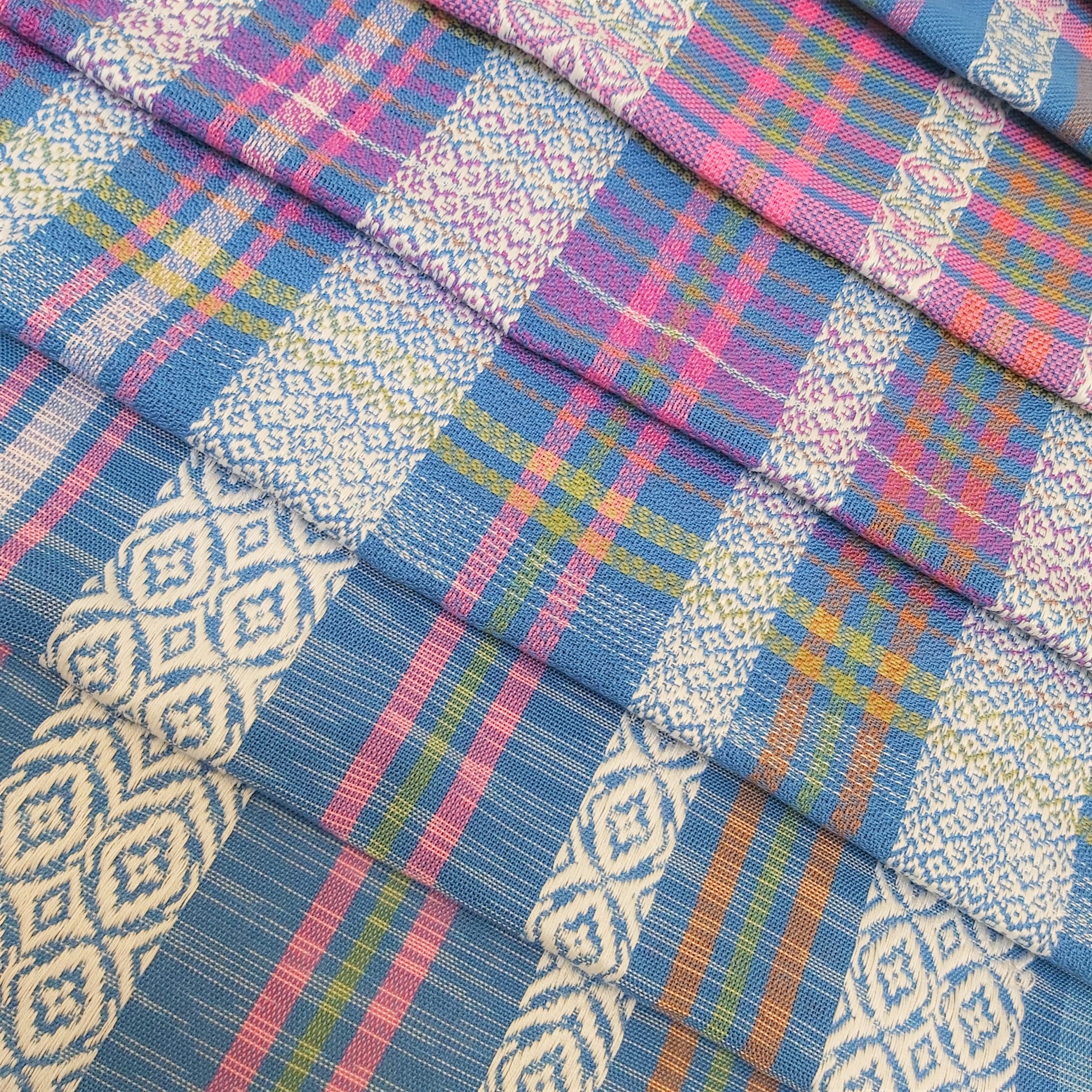

Lace Details
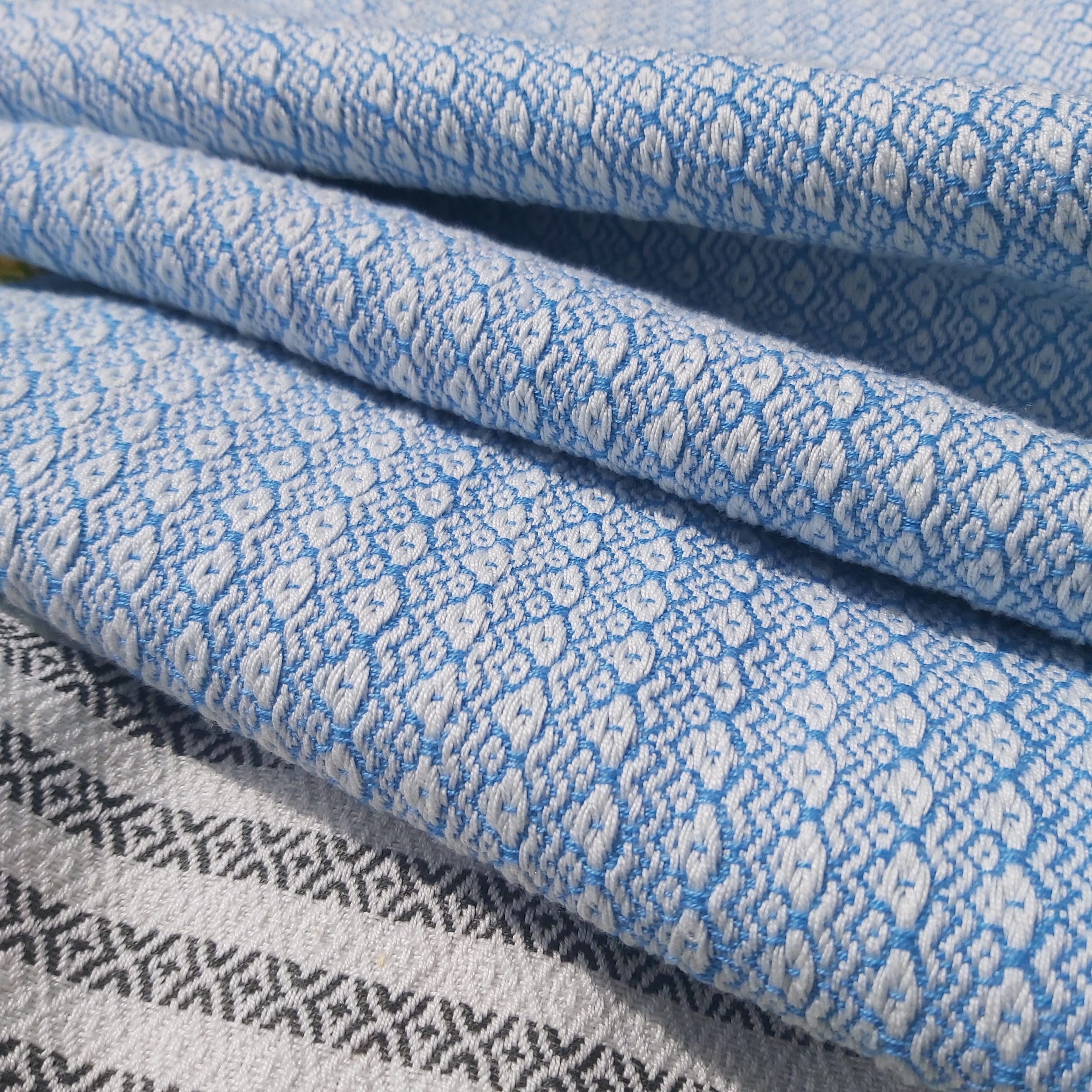

Clouds
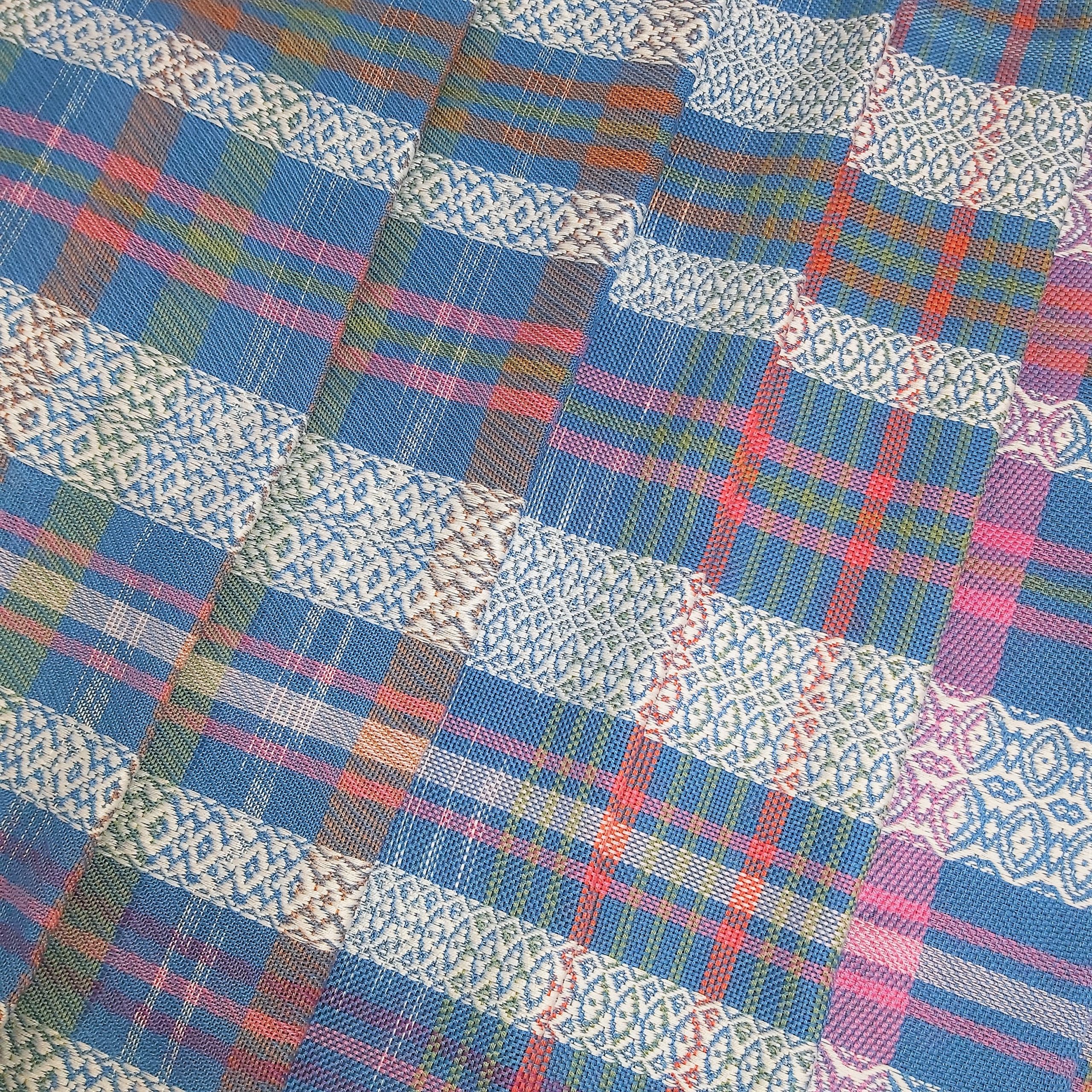

Lace Details
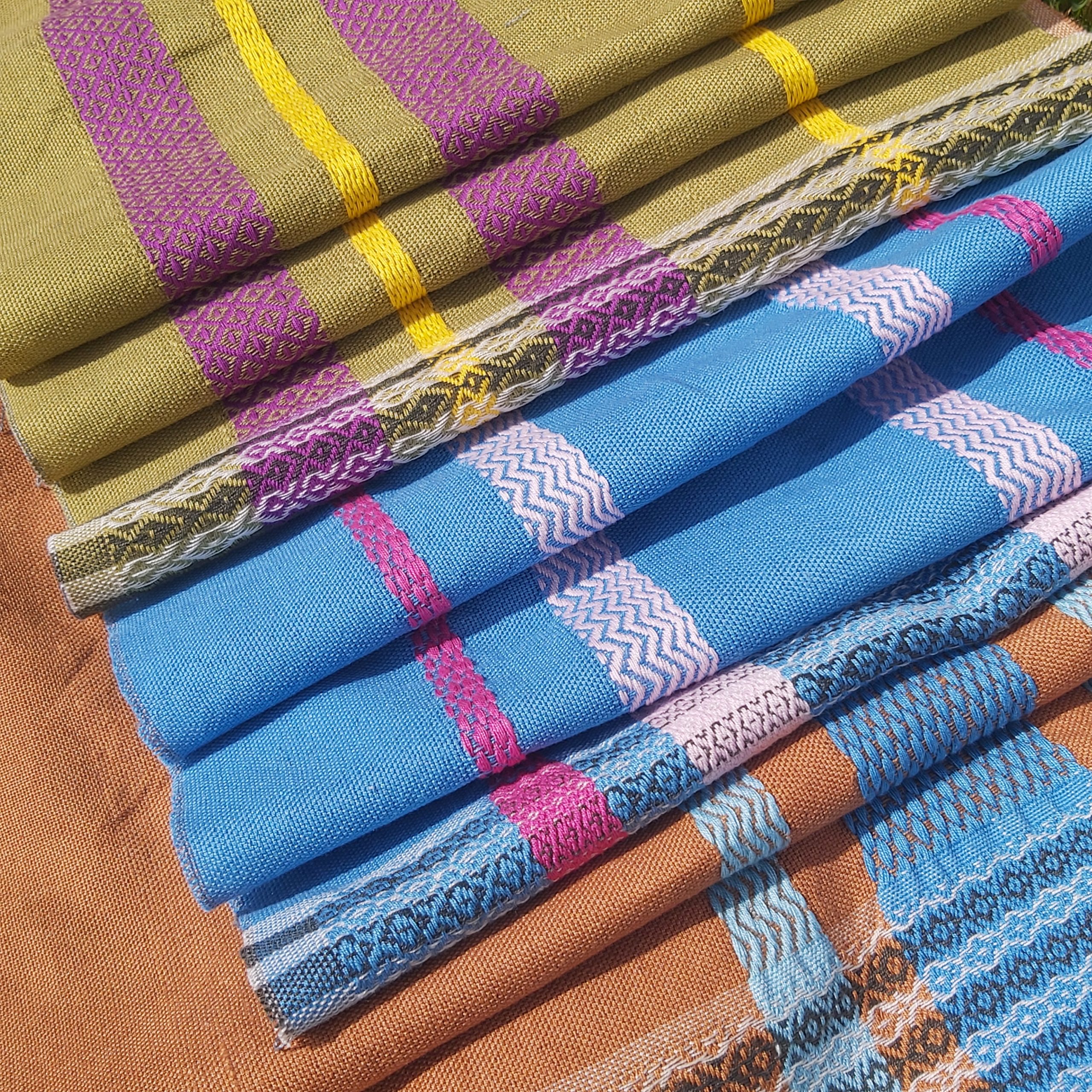

Vibrancy
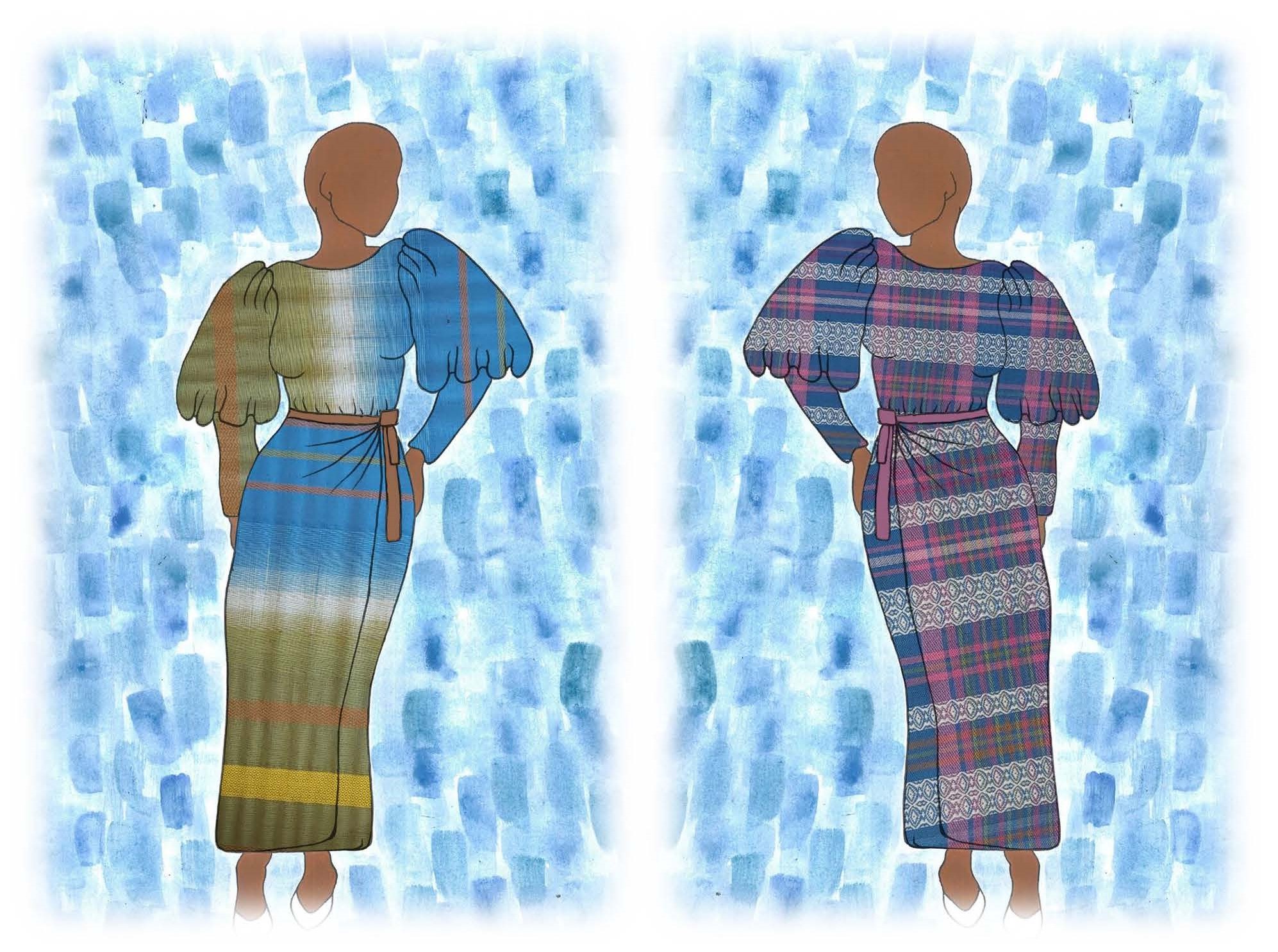

Visualising
Demetria Hiwa
Having spent my earliest childhood years in Malawi, I have grown to value the presence of nature and all the beauty it has to offer. From broad landscapes to the smallest flower, there are endless possibilities of what can be imagined with nature as inspiration for a creative mind. And so it is with a love for things bright and beautiful that I approach my work, hoping to capture the radiance of nature in it.
Most of the world’s countries have, or at some point in time have had a national way of dressing, looking back there was once a time you could easily identify where someone was from based on their attire. As times have progressed, globalisation and westernisation have decreased the popularity of these unique fashions. Taking inspiration from the work of Queen Sirikit of Thailand, looking at her efforts and successes in reviving Thai national dress I decided that for my Final Degree Project, I would take a step forward in doing the same thing for Malawi. By researching Malawi’s fashion history, I learned about Malawi’s national dress, The Chilundu, and with inspiration from that history, I have created Chilundu garment designs for the modern Malawian woman. Then, taking inspiration from the country’s natural beauties I have designed woven fabrics to be used in the assembly of the Chilundu ensembles. With this project, I hope to begin the process of reviving and popularising the donning of Malawian apparel among Malawians and add to the country’s fashion history.
Final year project
Malawi, the Warm Heart of Africa: Dress and Identity
Awards
Diploma of International Studies
During the academic year of September 2018 to August 2019 I took part in the student exchange program with Joshibi University of Art and Design, enrolling in their Crafts: Textiles and Weaving programme.
During my time there, I learned how to use counterbalance looms, with 4 and 8 shafts, setting them up and making use of different tie-ups. I also learned to use a computer-operated Toika loom with 16 shafts and Weave-Point as the operating software. I took part in learning to use natural dyes, working with pre and post mordents. Working with wool fibres, using them to felt and in hand spinning. Using Japanese weaving techniques including, weft and warp ikat as well as Japanese Yuzen Dying and embroidery.